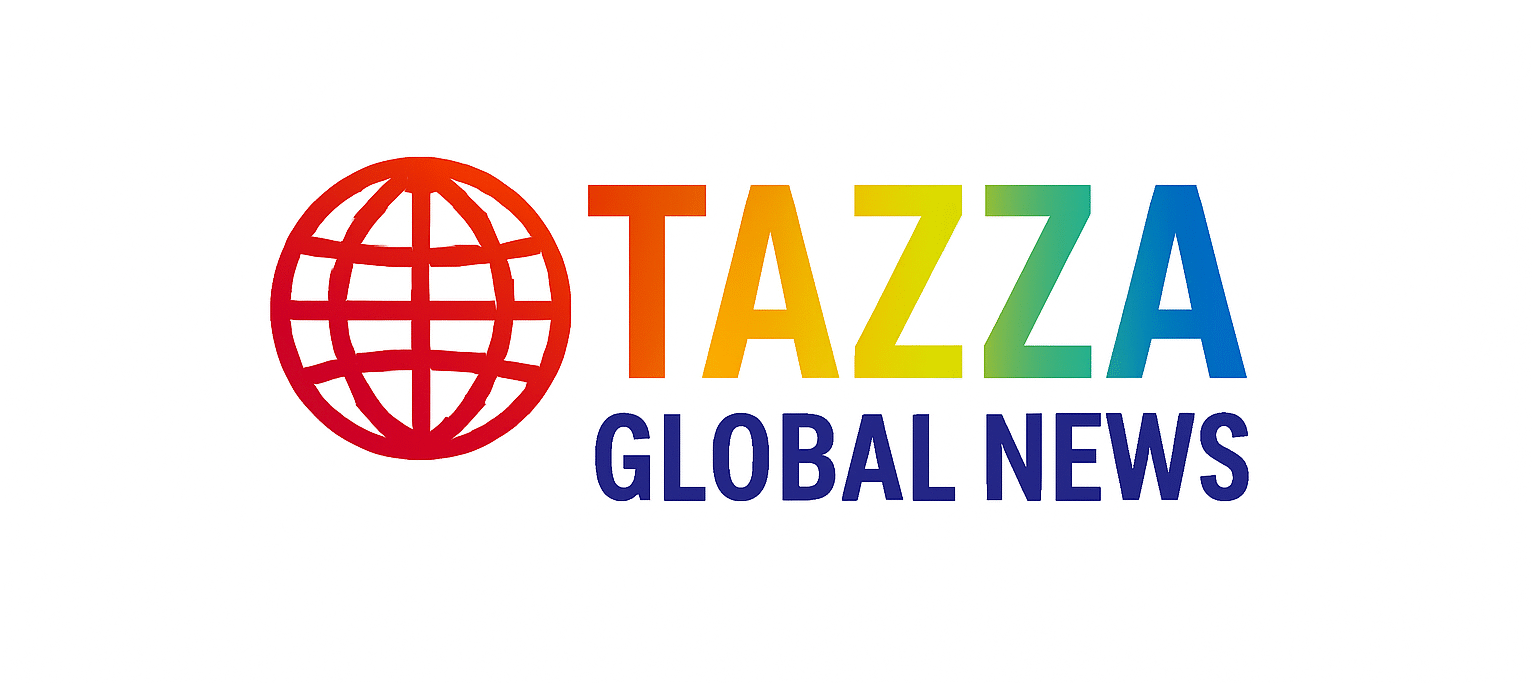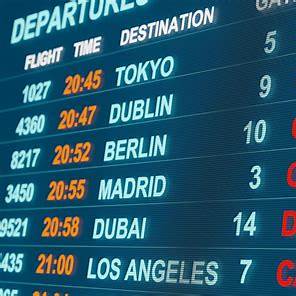The Federal Aviation Administration (FAA) is confronting a growing staffing crisis across several airports and air-traffic-control facilities throughout the United States, prompting concerns over flight safety and nationwide travel disruptions. Late on Monday night, reports surfaced that a number of control towers and radar centers were operating with minimal personnel or were preparing for extended staff shortages, a development that has again drawn attention to the persistent workforce strain within America’s aviation infrastructure.
According to officials close to the matter, the most notable shortage occurred at Hollywood Burbank Airport in Southern California, where no certified air-traffic controllers were present in the tower for several hours. The absence forced operations to be temporarily managed from San Diego TRACON — a regional radar facility — which handled incoming and outgoing flights at a slower pace. As a result, passengers faced delays, diversions, and a backlog of aircraft waiting for clearance.
FAA’s official operations board indicated that the staffing gap lasted between 4 p.m. and 9:59 p.m. Pacific Time (7 p.m. to 12:59 a.m. Eastern Time). While backup plans were activated to keep essential services functioning, the reduced handling capacity disrupted schedules across several connecting routes, extending the impact well beyond California.
Earlier in the day, Transportation Secretary Sean Duffy admitted that the agency had observed a “noticeable increase in sick calls” since the beginning of the government shutdown on Wednesday. Though he avoided drawing a direct link, analysts suggest the correlation is clear. The aviation sector depends heavily on federal employees, and even a small dip in attendance can cascade into significant delays because air-traffic operations require strict staffing ratios and constant communication among controllers, pilots, and technicians.
Air-traffic controllers hold one of the most critical and high-stress roles in public service. They are responsible for maintaining safe separation between thousands of flights every day, managing congested skies, and responding instantly to emergencies. Any gap in their ranks can reduce system efficiency and heighten safety risks. Recruiting new controllers is notoriously difficult because training takes several years and candidates must meet rigorous psychological and technical standards.
Industry observers note that the FAA has been dealing with workforce shortages for over a decade, primarily due to budget limitations, mandatory retirements, and a lack of long-term hiring strategies. The most recent shutdown only deepens the challenge, as uncertainty over pay and workload pressures discourages employees from continuing in the profession. Many unions, including the National Air Traffic Controllers Association (NATCA), have repeatedly warned that chronic understaffing could one day bring the nation’s air-travel network to a standstill.
Travelers at Burbank Airport on Monday experienced the real-world effects of those warnings. Several flights were delayed for hours, while others were rerouted to nearby airports. Passengers shared photos and complaints online, criticizing what they described as a lack of timely communication from airlines and airport authorities. Although flight crews and ground staff worked to keep operations moving, the absence of tower controllers meant aircraft movements had to be carefully coordinated over radio with distant facilities — a process that inevitably slowed everything down.
Aviation experts caution that this incident might be an early signal of larger systemic issues. Air travel demand in the post-pandemic era has rebounded faster than staffing levels, stretching the existing workforce thin. Meanwhile, the FAA’s modernization initiative, known as NextGen, is upgrading radar and communication systems to streamline airspace management, but technology alone cannot replace experienced professionals overseeing live traffic.
To prevent further disruptions, the FAA is expected to review scheduling practices and, if necessary, shift personnel temporarily from lower-volume regions to critical hubs. However, such stop-gap measures cannot address the core problem — the need for a sustainable hiring pipeline and improved working conditions. Experts argue that the agency must prioritize competitive pay scales, mental-health support, and accelerated training programs to attract new talent and retain seasoned staff.
The incident also reignited public debate about how fragile America’s air-traffic network can become when political or financial pressures hit federal agencies. Lawmakers from both parties are now being urged to allocate stable funding for the FAA and to shield essential aviation services from future shutdowns. The safety of millions of daily passengers, they argue, should never hinge on temporary budget negotiations in Washington.
While operations at Hollywood Burbank and other affected airports have gradually returned to normal, the episode underscores how even a short staffing lapse can ripple through the entire aviation ecosystem. Airlines face financial losses from delays and cancellations, passengers lose confidence in reliability, and controllers themselves endure intense stress trying to maintain safe service levels under resource-strained conditions.
For now, the FAA continues to monitor personnel availability nationwide and has reiterated its commitment to keeping air travel safe. Yet, experts warn that without immediate and sustained action, the agency could face even greater difficulties in maintaining operational stability as travel volumes rise heading into the holiday season.
The situation serves as a reminder that air-traffic management remains one of the most complex logistical systems in the world — and one that depends not only on cutting-edge technology but, above all, on the dedication and endurance of human professionals guiding every flight from takeoff to landing.






